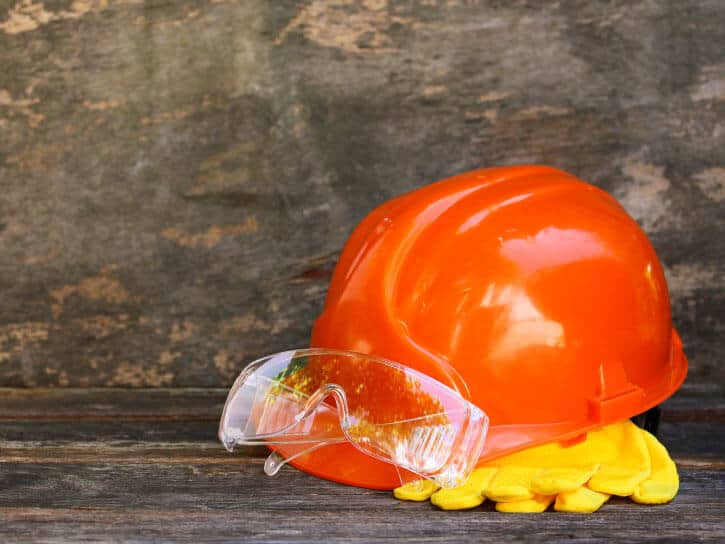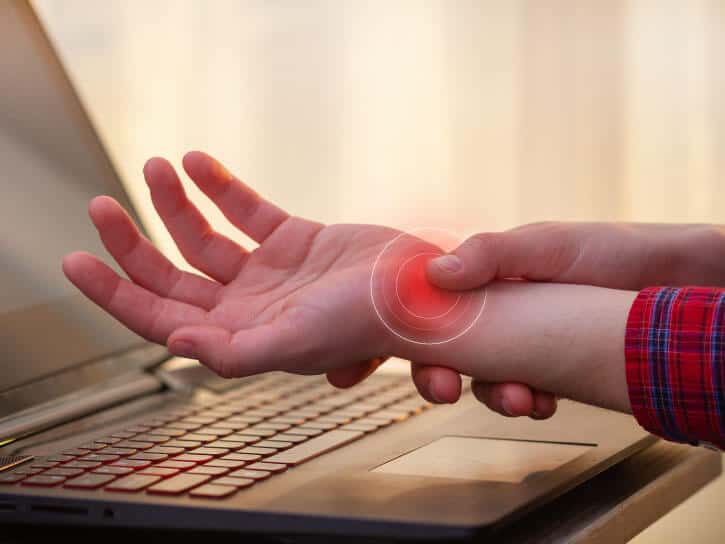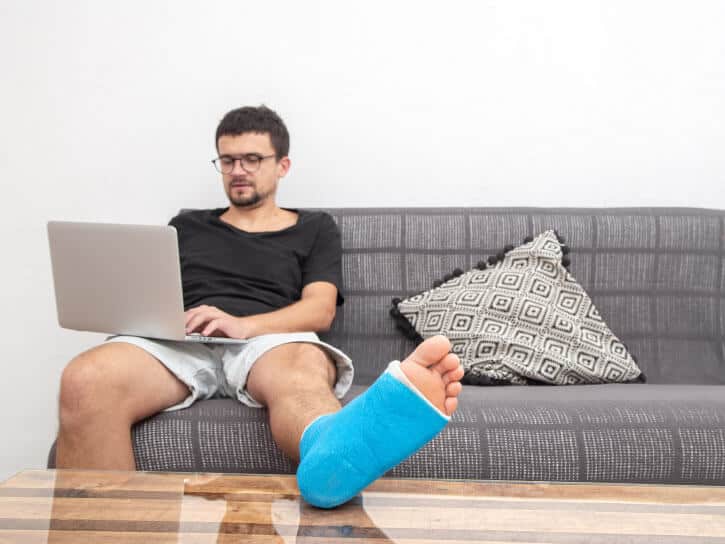Dealing with workplace injuries
Dealing with workplace injuries

Dealing with workplace injuries
One of the most popular services we offer is help with the completion of medicals for WorkCover claims. Dealing with workplace injuries can be quite an onerous and stressful process for both employers and employees by taking on the medical side of the claims, while communicating with you on the progress each step of the way. Not only that, but we can treat your employees so they get better…and back to work…faster. We’ve also got access to imaging and pathology services, and we can coordinate any required specialist services as well.
It’s a good thing too, because there were over 100,000 serious claims for workers’ compensation in the financial year 2017-18, resulting in over $1.8 billion in workers’ compensation claims and an average time off work of over five weeks for injury (and over 10 weeks for disease).
What are the main reasons for a workplace injury claim?
According to the Australian Institute of Health and Welfare, by far most claims (in fact 89%) were related to injuries or musculoskeletal disorders. These include things such as injury to muscles, tendons, ligaments or joints, broken bones, wounds, cuts, or internal organ damage or tissue damage. The remaining 11% relates to mental health conditions and diseases related to the digestive system or nervous system. Most of these injuries happen while employees are at work, but some (which are also covered under the legislation) happen on the way to or from work, or while on a lunchbreak.

Who is injured in the workplace?
As you’d expect, those who work in physical occupations are more likely to incur an injury in the workplace. That’s occupations such as labouring and building, working in a trade or operating or driving machinery. There is also a relatively high incidence amongst those who work in the community, such as in health, aged or disability care, childcare, hospitality or emergency services.
Much smaller numbers of claims (but not insignificant) occur in traditional “white collar” industries such as professional services, sales, managerial roles and administrative roles.
What sort of injuries or incidences happen in the workplace?
There are a wide range of injuries that take place in the workplace. This could be anything from an accident with a piece of machinery, an object falling on someone, a trip or a fall, inhalation of dangerous substances, burns or spills, right through to issues related to poor set up of a chair/desk, repetitive strain injury or mental health issues related to workplace bullying or stress. Sadly a number of Australian workers lose their lives due in the workplace (178 in 2020).

How can you prevent workplace injuries?
As always, prevention is better than cure, and it would be great if our services related to WorkCover claims were never needed. It helps to have robust workplace health and safety practices in place such as assessing and reducing risks in workplaces, adequately training employees in safe practices and keeping up to date with best practice. Despite best efforts, accidents still do take place however, and having a process in place for speedy medical assistance through SwiftDoc will help to ease the trauma for both employees and employers.
What about workplace health and safety from a Covid perspective?
Similarly to general health and safety practices, conducting a risk assessment of your workplace will help to identify areas that need addressing in relation to Covid-19. These could relate to issues such as hygiene, physical distancing and cleaning of premises. SafeWork Australia has comprehensive information and guidelines in relation to workplace health and safety and Covid.
In addition to these considerations, employers also need to consider workers who are working from home. These workers are still eligible for WorkCover while at home, and it is up to the employer to work with the employee to ensure their working environment at home is as safe as possible. That could involve things such as an audit of the employee’s work area and setup, a discussion around working hours, and other tasks that the employee is trying to do from their “workplace” (such as raising children), and a discussion around returning to the employers premises (for example, this could be quite stressful if an employee has worked from home for a long period of time). Again, SafeWork Australia has some great guidelines for employers in relation to these considerations.

What’s next?
If one of your employees has incurred an injury in the workplace and you need to complete a WorkCover claim, select WorkCover consultation from our menu of services to get the process underway. Your employee can also download our app to book an appointment with a GP, and from there we can also arrange any imaging, blood tests, psychological assessments or other specialist appointments as required. We’ll also complete all the medical paperwork needed for your claim and keep you in the loop every step of the way.
Sources:
-
Australian Government Australian Institute of Health and Welfare, Workers’ Compensation. Accessed April 2021.
-
Australian Government National Skills Commission, Community and Personal Service Workers. Accessed April 2021.
-
SafeWork Australia, Covid-19 Information for workplaces. Accessed April 2021.
-
SafeWork Australia, Fatality Statistics. Accessed April 2021.
-
SafeWork Australia, *Working from Home. *Accessed April 2021.
This website does not provide medical advice. It is intended for informational purposes only. It is not a substitute for professional medical advice, diagnosis or treatment. Never ignore professional medical advice in seeking treatment. If you think you may have a medical emergency, immediately dial Triple 0 (000).